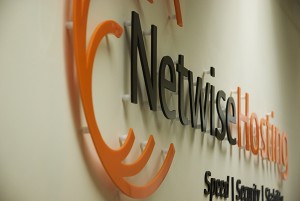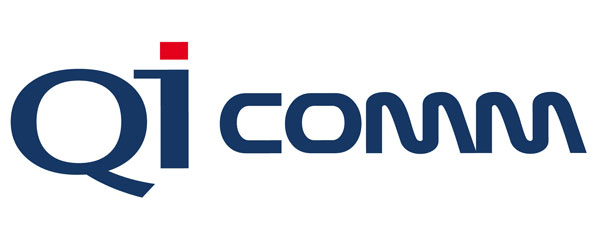London is one of the world’s primary connectivity hubs, where much of the world’s international transit converges on its way around the globe. The city is home to some of the world’s most important data centres, which are densely populated with carriers and service providers looking for space from which to reach a pan-European audience.
 London also serves as the main junction point between the east and the west, given the cities position at the heart of global connectivity, routing data between the Americas, Europe, Asia and Africa.
London also serves as the main junction point between the east and the west, given the cities position at the heart of global connectivity, routing data between the Americas, Europe, Asia and Africa.
Rack space colocation in London is a certainly a hot commodity, linked not only with its position as a highly sought after hosting location for both local and international businesses, but also with London’s sky high property prices and increasingly limited access to space and power. Despite having the largest data centre footprint in the world outside the USA, space is in very high demand.
Hosting services in Central and East London (the cities primary data centre hot-spots) have become a costly affair in recent years. The large multinational data centre operators with facilities in the Docklands area of East London have simply run out of room for new deployments, and have no additional power for modern technologies requiring for 28+ Amps per rack. Any racks that do free up tend to sell for many thousands of pounds each month, with no real room for negotiation.
Expansion plans are in place at most of these large data centres, however the cost of building them in a densely populated urban area means space inside sells for well above the international average once open and available for purchase.
In the last three to five years however, a number of independent data centre operators have sprung up across the city, taking advantage of London’s excellent city-wide connectivity to build facilities outside of the hot-zones, with ample space and power for modern deployments – and what’s more, the prices are falling year on year as healthy market competition and available space increases.
 Smaller London data centre operators are now building colocation facilities of exceptional quality, with everything you would expect from a well-regarded Telecity or Equinix facility, with the added benefit of a far more personal, bespoke service. These data centres are a new breed of affordable colocation facilities in London that have bridged the otherwise sizable gap between what has been on offer to businesses over the years, and what businesses truly want from their hosted services – value being a key factor.
Smaller London data centre operators are now building colocation facilities of exceptional quality, with everything you would expect from a well-regarded Telecity or Equinix facility, with the added benefit of a far more personal, bespoke service. These data centres are a new breed of affordable colocation facilities in London that have bridged the otherwise sizable gap between what has been on offer to businesses over the years, and what businesses truly want from their hosted services – value being a key factor.
Both new and existing technology enterprises are now flocking to London, taking full advantage of the city’s reputation as a centre of excellence for business, and also its newly realised access to affordable world-class colocation services. There really has never been a better time to explore affordable colocation in London.
The Netwise Hosting data centre is ideal for local, national and international businesses to build reliable, scalable and above all affordable online services at a facility with core values in line with their own. Click here to read more about our colocation options.


 London also serves as the main junction point between the east and the west, given the cities position at the heart of global connectivity, routing data between the Americas, Europe, Asia and Africa.
London also serves as the main junction point between the east and the west, given the cities position at the heart of global connectivity, routing data between the Americas, Europe, Asia and Africa. Smaller London data centre operators are now building colocation facilities of exceptional quality, with everything you would expect from a well-regarded Telecity or Equinix facility, with the added benefit of a far more personal, bespoke service. These data centres are a new breed of affordable colocation facilities in London that have bridged the otherwise sizable gap between what has been on offer to businesses over the years, and what businesses truly want from their hosted services – value being a key factor.
Smaller London data centre operators are now building colocation facilities of exceptional quality, with everything you would expect from a well-regarded Telecity or Equinix facility, with the added benefit of a far more personal, bespoke service. These data centres are a new breed of affordable colocation facilities in London that have bridged the otherwise sizable gap between what has been on offer to businesses over the years, and what businesses truly want from their hosted services – value being a key factor.